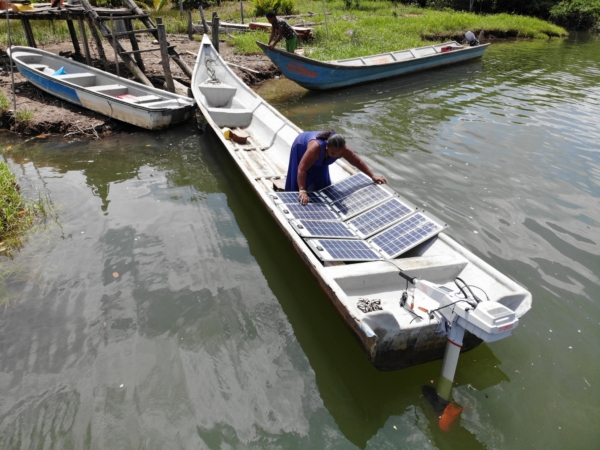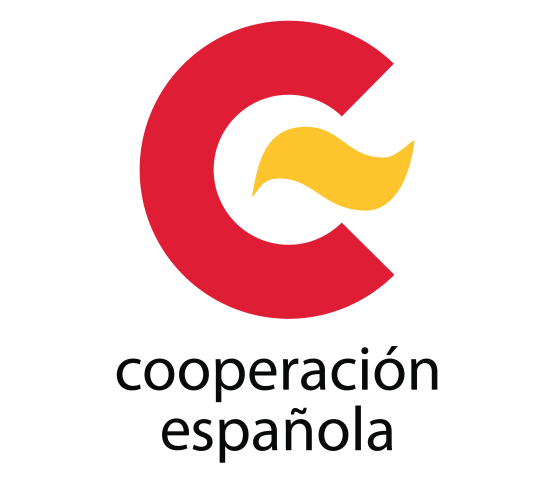In Nariño, on the Pacific coast of Colombia, women collecting the black shells—called “piangua” or “curil”—live in stilt houses in small dwellings, and must navigate distances of up to 7 km in canoes propelled with paddles or small two-stroke outboard engines to reach the shell grounds in the mangroves.
The use of ICE motor power is significantly impacting the environment, polluting air and water sources, and more importantly, for these women represents a very costly tradeoff between the possibility of collecting the shells for a small income or not performing the activity at all due to the increase in fuel costs.
Thanks to University of the Andes, the Riverine Electric Mobility Project, which aims to address these environmental and socioeconomic challenges, is a reality in Colombia. In this incoming session, we will hear more about this and other projects on riverine electric mobility.
Speakers: Gordon Wilmsmeier y Diana Lisseth Trujillo Rodriguez, University of the Andes.



